In the rich tapestry of the Spanish language, very few words play such delightful tricks on the mind as “flamenco.” The flamenco meaning is one of those rare lexical marvels where nature, art, and history collide in perfect, poetic chaos.
Picture this: one word that simultaneously refers to a flamboyant pink bird, a soul-stirring Andalusian dance, and a people whose medieval cities reshaped the very concept of Europe.
Yes, dear reader, welcome to the marvel that is flamenco – not just a word, but an entire linguistic and cultural odyssey.
Whether you’re soaking in the sun along the Costa Blanca or sipping sangria in a shaded plaza in Alicante, this tale is for you.
Chapter 1: The Bird That Eats Colour – Flamenco as Flamingo

Let’s start with the flamenco meaning feathers and flames.
The flamingo – known in Spanish as flamenco – is not your average bird. Towering on stilt-like legs, sporting a blush that would make a 70s disco queen jealous, this elegant wader looks like it wandered off the set of a surrealist film. But its beauty isn’t just skin-deep. This bird is a masterclass in evolutionary genius.
Where does the name come from? The Latin flamma – meaning “flame” – gave birth to the Spanish flamenco. It’s fitting. These birds appear to have stepped out of a bonfire and into a wetland.
Scientifically known as members of the Phoenicopteridae family (from the Greek phoinix for reddish-purple and pteron for wing), flamingos didn’t always wear pink. Their iconic colour is borrowed from their diet—algae, larvae, and shrimp brimming with carotenoids. In other words, they are quite literally what they eat.
Their colonies – sometimes tens of thousands strong – turn entire lakes into moving pink paintings. Their mating rituals? A synchronised dance worthy of a standing ovation in any tablao flamenco. And their ability to stand for hours on one leg? Not just for style – it’s an energy-saving superpower.
But not all is rosy in the flamingo world. Climate change, pollution, and habitat loss threaten these living works of art. Conservationists are stepping in, but the flamingos themselves offer us a lesson in endurance and adaptability—qualities the Costa Blanca expat community can surely admire.
💡 Curious about where to see flamingos in the wild? ? Find all the information in our dedicated guide.
Chapter 2: The Dance That Burns – Flamenco as Art

Shift now from feathers to passion.
Flamenco isn’t merely a performance. It’s a rebellion set to music and dance—born from centuries of oppression, migration, and cultural fusion. It pulses with fire, pain, pride, and joy. It’s Spain’s emotional shorthand, delivered through strums, stomps, and soul-searing song.
The origins of flamenco are wrapped in mystery, but theories point to the Arabic fallah min goh (“peasant of the land”) or the Romani word flama (“flame”). Both hint at its migrant roots and burning emotional intensity.
Emerging in Andalucía, flamenco is the artistic offspring of Romani, Moorish, Jewish, Gypsy and Andalusian traditions. It was born in the margins, from suffering and resistance, which makes its survival—and global acclaim—all the more powerful.
Today, flamenco is a complete art form that fuses song, music, and movement into a multiple, electrifying expression of emotion. Each performance becomes a dialogue between the singer’s voice, the guitar’s pulse, and the underlying rhythm of the cajón, with the dancers’ bodies and souls often joining the conversation.
During a performance, a dialogue unfolds between the singer, the guitar, the rhythm of the cajón (a wooden percussion box you sit on), and the expressive movements of the dancer. From the deep emotion of cante jondo (intense, traditional flamenco singing) to the sharp, rhythmic zapateado (heelwork performed on a wooden stage), flamenco tells stories without words. A simple turn or pause can carry more weight than a hundred paragraphs — and often does.
There’s a whole universe behind each component — the different styles of song, the codes of movement, the patterns of rhythm — all of which we’ll explore in more detail in future posts. For now, it’s enough to say that flamenco is not learned; it’s felt, lived, and passed down like a secret.
💡 Recognised by UNESCO as an Intangible Cultural Heritage of Humanity in 2010, flamenco has travelled from the caves of Sacromonte to the stages of Tokyo and New York. And yet, it remains a deeply personal, proudly Andalusian art.
For expats settling in the Costa Blanca, catching a live flamenco show isn’t just a cultural activity—it’s a rite of passage.
Chapter 3: The People Who Changed Europe – Flamencos of Flanders
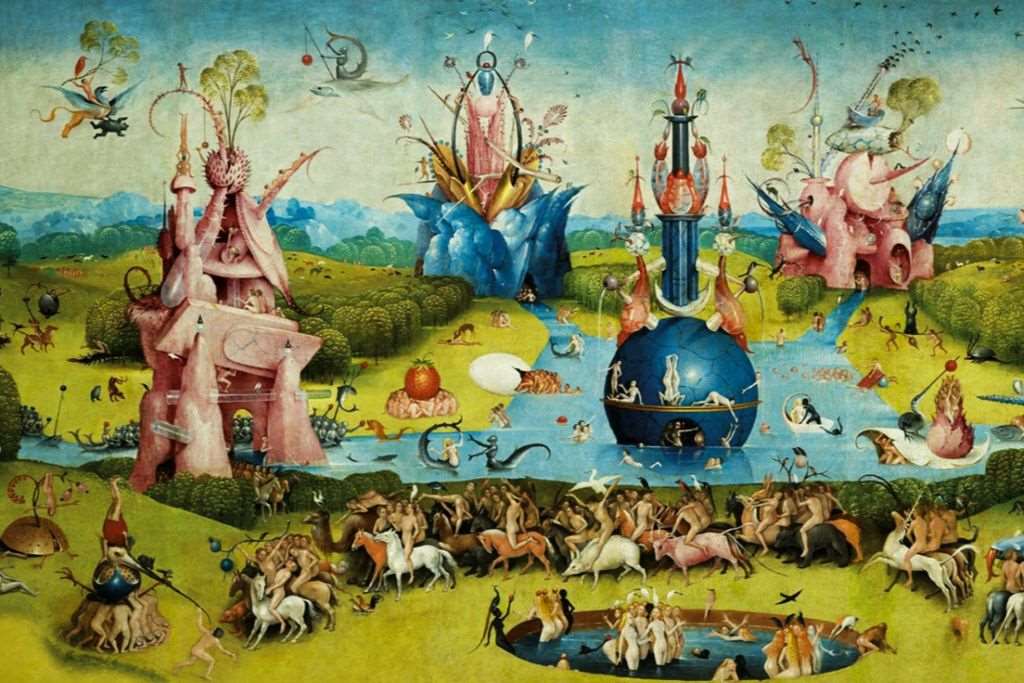
From birds and ballads to the bold weavers of the economic, political and urban origins of today’s Europe.
The term flamenco also refers, in Spanish, to the people of Flanders—modern-day northern Belgium, parts of the Netherlands, and Northern France. Their contribution to European history? Immeasurable.
By the 15th century, During the Middle Ages and Renaissance, Flanders was at the heart of a transformation that helped shift Europe from a feudal to a market-oriented economy. Flemish cities like Bruges, Ghent, Antwerp, Rotterdam, Utrecht or Amsterdam were Europe’s commercial and artistic superpowers. If Silicon Valley had a medieval counterpart, Flanders was it.
Flemish merchants (mercaderes flamencos, in Spanish) revolutionised trade, artists like Jan van Eyck and Rubens transformed visual expression, and thinkers like Erasmus of Rotterdam reshaped the world of ideas. They turned cloth into capital, ideas into institutions, and canvases into cultural blueprints.
Politically, they were chameleons—navigating Spanish Habsburg rule, Burgundian ambitions, and eventually forging their modern identities through adaptability and resilience.
Today, being flamenco (Flemish) in Belgium is to belong to a linguistic and cultural tradition that thrives despite the odds. Their language, Flemish Dutch—is not a relic, but a living, protected heritage.
Flamenco meaning – One Word, Infinite Stories.
What do a pink bird, a fiery dance, and Flemish innovators have in common? Flamenco. The same word unites nature, emotion, and intellect in a beautifully bizarre triptych.
Each meaning enriches the others. The bird shows us beauty and resilience. The dance, passion and protest. The people, innovation and transformation.
💡 See the official definitions of “flamenco” from the Royal Spanish Academy (Real Academia Española) here.
It’s no coincidence that the Costa Blanca, with its flamingo-peppered wetlands, tablao bars, and thriving expat communities, feels like the perfect place for all these flamencos to meet.
FAQ – Flamenco meaning unplugged
In Spanish, “flamenco” can mean a flamingo (bird), a passionate Spanish dance/music style, or a person from Flanders—depending on context.
Only etymologically! The word comes from Latin flamma – meaning “flame”. Both meanings evoke colour and rhythm, but they stem from completely different roots.
Cities like Alicante, Elche, and Altea have live flamenco venues and festivals year-round. You can try La Guitarrería de Santa Cruz or El Mentidero in Alicante city for local flair.

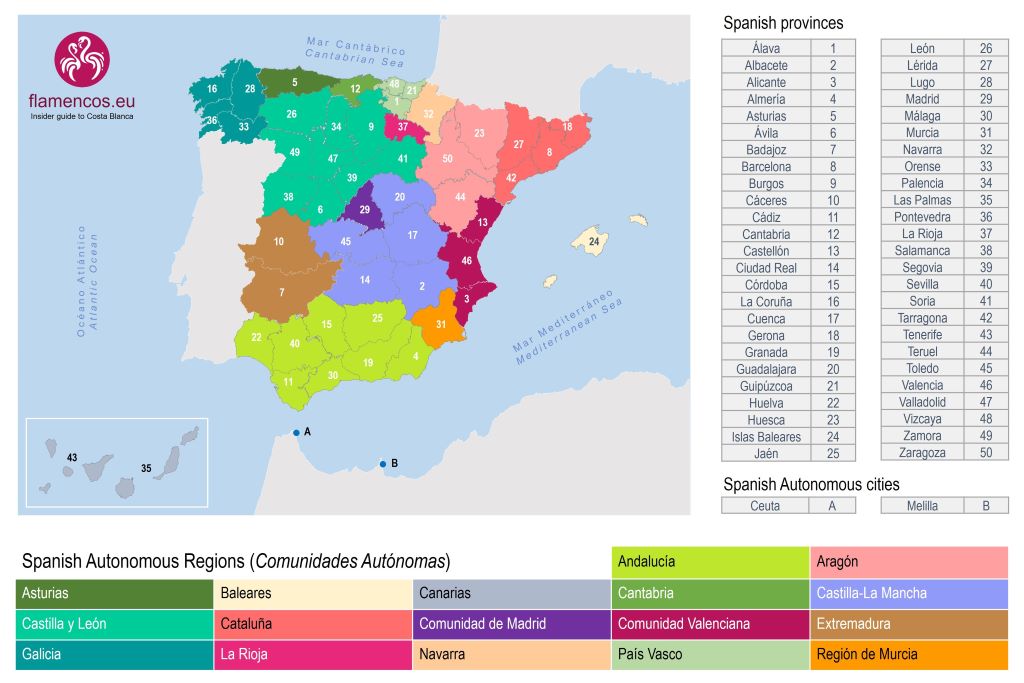
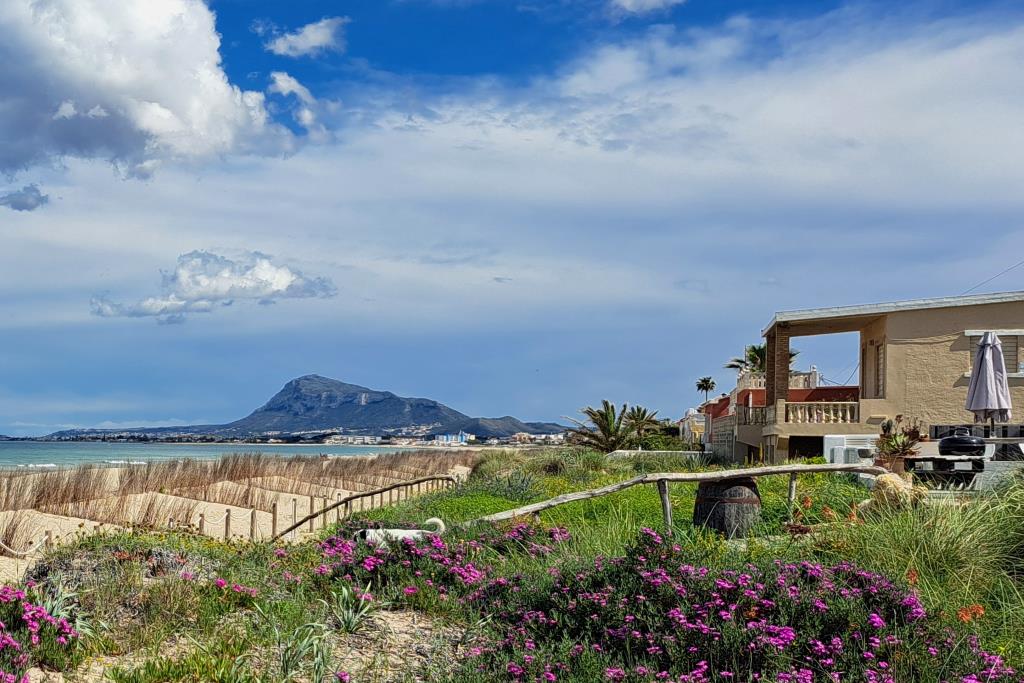

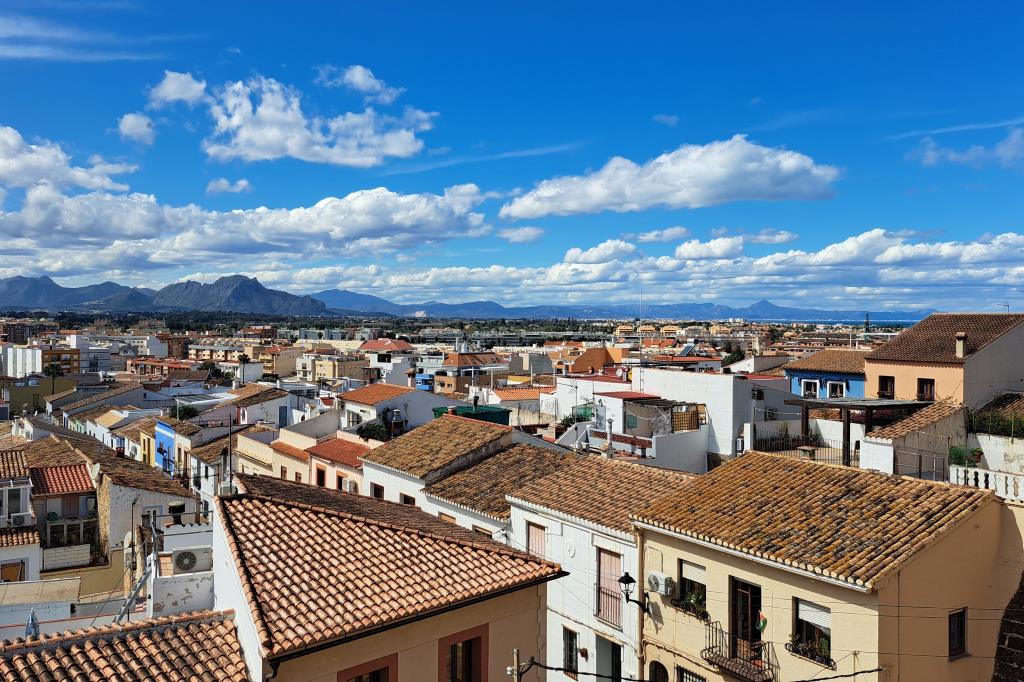
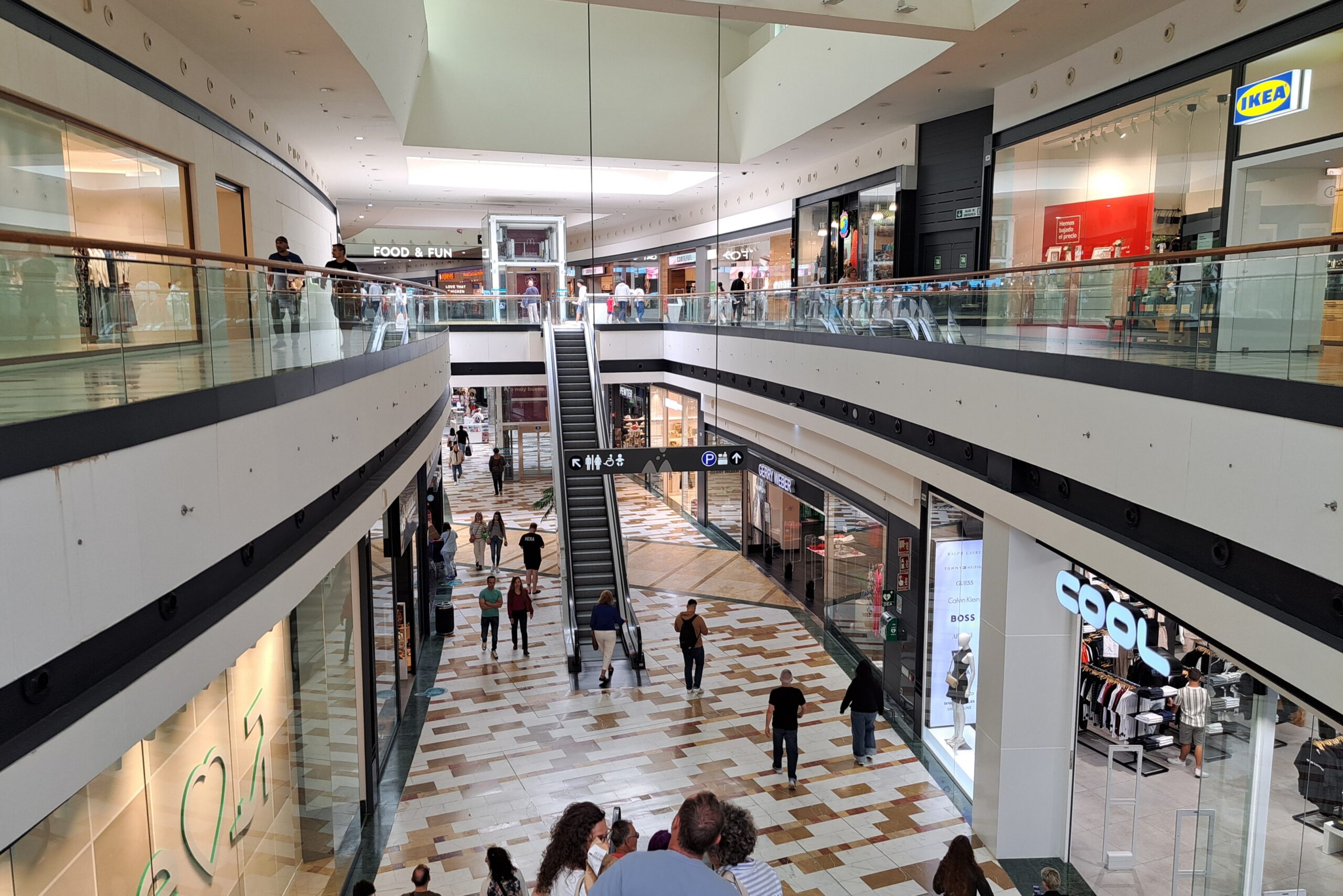

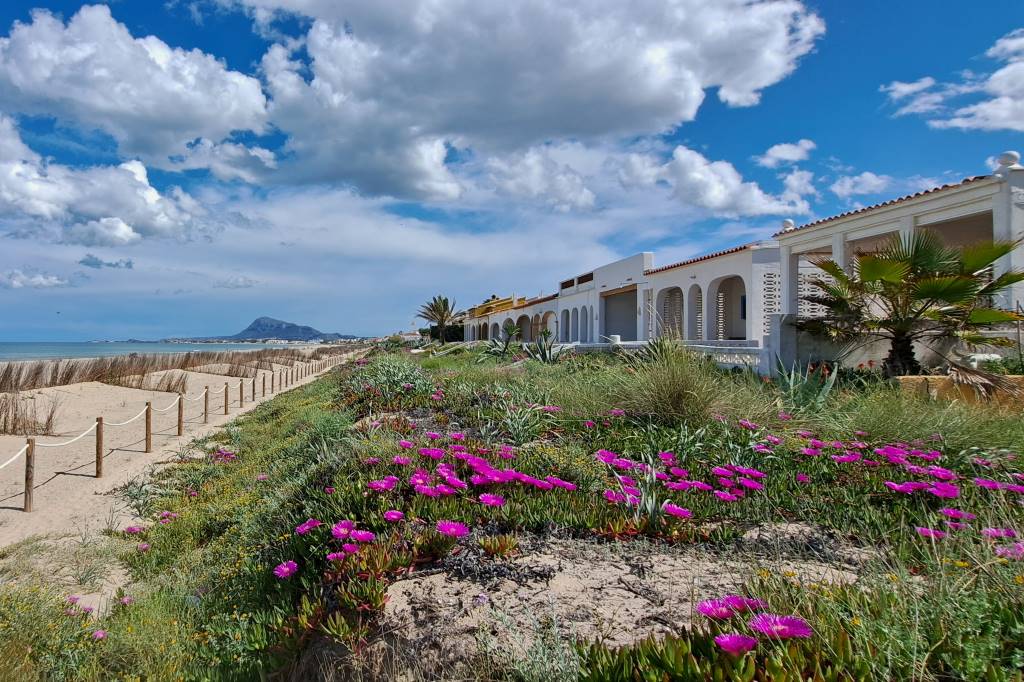

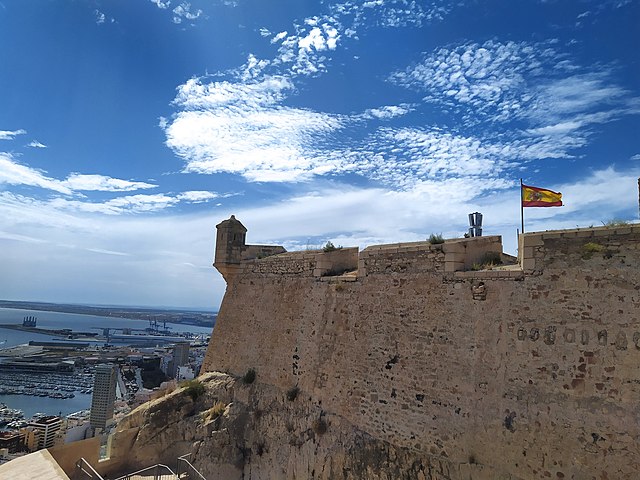
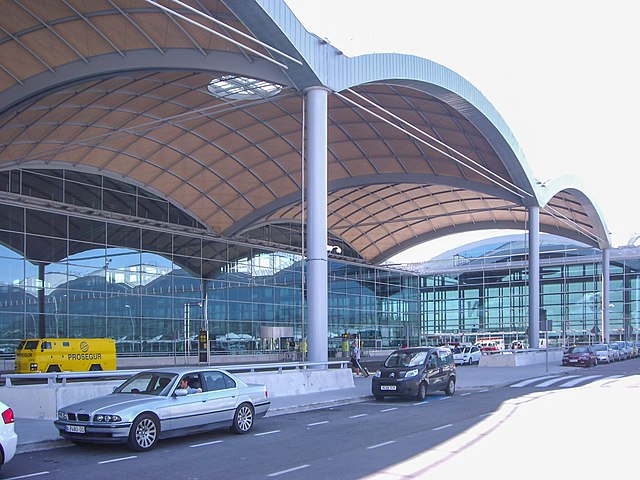
Leave a Reply
You must be logged in to post a comment.